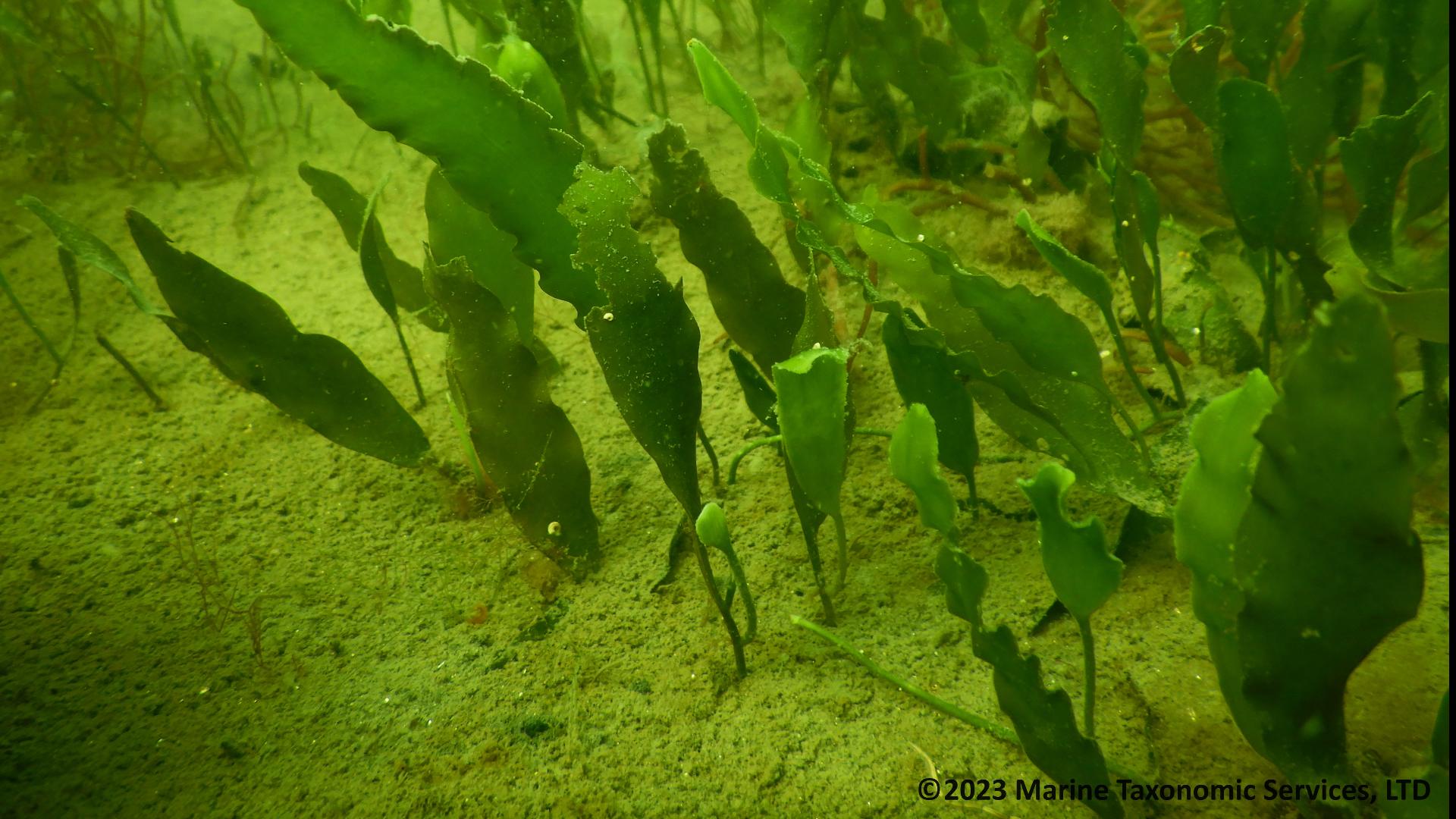SAN DIEGO — The Port of San Diego was keeping up its fight Wednesday against an invasive algae spreading in San Diego Bay, following continuation of an emergency declaration by the Board of Port Commissioners.
The algae, Caulerpa prolifera, was discovered in the bay in September 2023 and additional patches have been found near Coronado Cays. The algae is native to Florida and other subtropical and tropical locales, but can take over non-native natural habitats, disrupting the ecosystem and displacing native plants and the animals who rely on them.
"It is absolutely critical that we find and remove or cover every little piece of Caulerpa as quickly as possible to preserve our bay's strong and healthy ecosystem," said Chairman Frank Urtasun of the San Diego Board of Port Commissioners.
"Caulerpa is also a potential threat to local jobs and businesses," he added. "In the 1980s, a Caulerpa outbreak in the Mediterranean Sea caused millions of dollars in losses to tourism and fishing industries because it was not contained. We will not let that happen in San Diego Bay. With our many local, state, and federal partners, we are being swift and prudent to protect both our environment and our economic interests."
In San Diego Bay, state and federally protected eelgrass habitats are at risk. Eelgrass is used by native green sea turtle populations, a threatened species, and 70 different fish species rest within and feed on eelgrass. The bay has nearly 2,600 acres of eelgrass, 1,900 of which are in the south bay.
In late September, divers found a small patch of the plant while conducting an in-water, pre-construction eelgrass/Caulerpa dive survey as a permit condition for a dock replacement project. Additional patches were discovered nearby during follow-up surveys.
In mid-April, divers found small Caulerpa patches in the San Diego Bay National Wildlife Refuge outside of and adjacent to the Cays. To date, nearly 11,200 square feet of the seaweed have been discovered. Trained divers have covered all the patches with a sealed barrier to kill the algae by blocking it from light, oxygen and tidal circulation.
It is illegal in California to possess, sell, or transport any Caulerpa seaweed. Caulerpa is used primarily in saltwater aquariums. Fines can range from $500 to $10,000 for each violation.
"Caulerpa can rapidly and aggressively expand from contact with vessels, fishing and even tidal exchanges," the port statement reads. "To prevent unintentional spread of this invasive species, boaters, kayakers, swimmers, and divers are asked to avoid the areas, if possible, or to gently transit the channel at high tide."
In California, worker have conducted routine monitoring of Caulerpa since the early 2000s.
Caulerpa is not harmful to humans.
WATCH RELATED: Earth 8: New invasive seaweed species killing coral

